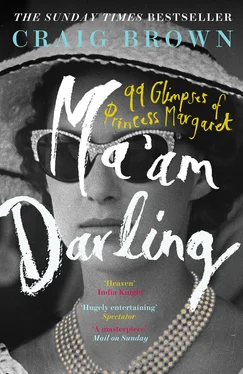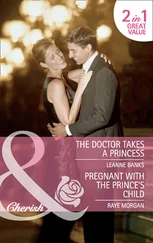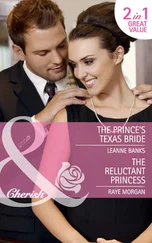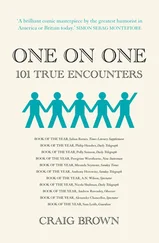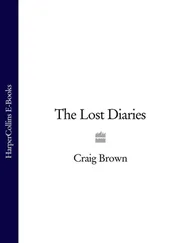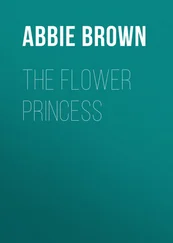I have learned since that the way the Queen signals the end of a conversation is to take one step backwards, but I did not know this at the time. Friends who witnessed our meeting from the other side of the room told me that, during the final half of my discourse on Brecht, Her Majesty took first one step back, then another, then another, then another, but still found herself trapped: for each of her steps back I took a step forward.
Throughout her life, the Queen’s technique of giving nothing away has paid dividends. Nowadays, everyone seems content to interpret her silence as wisdom. The less she says, the more we believe she has something to say. Peter Morgan’s play The Audience and his film The Queen are both predicated on this paradox: her advisers and her prime ministers may prattle away, but, Buddha-like, it is Her Majesty the Queen, with her How long have you been heres? and her Have you come fars?, who remains the still, small voice of calm, radiating common sense.
But her younger sister was another matter. As the second-born, the also-ran, she was denied the Chauncey Gardiner option. She could never have been another whitewashed wall, there for people to see in her whatever they chose to see. To impress on people that she was royal, Princess Margaret had to take the only other path available to her: to act imperiously, to make her presence felt, to pull well-wishers up short, to set strangers at their unease. If I had tried to tell Margaret about Bertolt Brecht she would have interrupted me – ‘ Too tiresome!’ – before I had got to the end of the ‘Bert –’. Like a grand guignol version of her elder sister, she took a perverse pleasure in saying the wrong thing, ruffling feathers, disarming, disdaining, making her displeasure felt. One socialite remembers seeing her at a party at Sotheby’s in 1997. By that stage, people were so reluctant to be snapped at by her that there was a sort of compulsory rota system in operation. A senior Sotheby’s figure told the socialite that he would guarantee him an invitation to every future Sotheby’s party attended by Princess Margaret if he would promise to talk to her for five minutes on each occasion.
Compare the Queen’s conversation with Brandreth to Princess Margaret’s dinner-party conversation, as witnessed by Edward St Aubyn and recreated in his wonderfully beady novel, Some Hope .
As the main course arrives, the Princess asks her host, Sonny, ‘Is it venison? It’s hard to tell under this murky sauce.’ A few minutes later, the French ambassador, sitting next to her, accidentally flicks globules of the sauce over the front of the Princess’s blue tulle dress.
‘The Princess compressed her lips and turned down the corners of her mouth, but said nothing. Putting down the cigarette holder into which she had been screwing a cigarette, she pinched her napkin between her fingers and handed it to Monsieur d’Alantour.
‘“Wipe!” she said with terrifying simplicity.’
While the ambassador is on his knees, dipping his napkin in a glass of water and rubbing the spots of sauce on her dress, the Princess lights a cigarette and turns back to her host.
‘I thought I couldn’t dislike the sauce more when it was on my plate.’
The ambassador’s wife offers to help.
‘He spilled it, he should wipe it up!’ replies the Princess. She points to a spot the ambassador has missed. ‘Go on, wipe it up!’ She then complains about ‘being showered in this revolting sauce’. At this point, the table falls silent.
‘“Oh, a silence,” declared Princess Margaret. “I don’t approve of silences. If Noël were here,” she said, turning to Sonny, “he’d have us all in stitches.”’
Before long, Sonny’s seven-year-old daughter appears, having found it hard to get to sleep. Her mother asks the Princess if she may present her.
‘“No, not now, I don’t think it’s right,” said the Princess. “She ought to be in bed, and she’ll just get overexcited.”’
More often than not, the presence of
Margaret, HRH the Princess
in an index signals yet another tale of haughty behaviour. In the autobiography of Cherie Blair she comes between Mandela, Nelson and May, Brian. The brittle wife of the former prime minister recalls the occasion she was talking to Princess Margaret at a gala performance at the Royal Opera House when the secretary of state for culture came over.
‘Have you met Chris Smith, our culture secretary, Ma’am?’ asked Mrs Blair. ‘And this is his partner …’
‘Partner for what ?’ said the Princess.
At this point, writes Cherie Blair, ‘I took a breath.’
‘Sex, Ma’am.’
This reply proved unwelcome. ‘She stalked off.’ But Mrs Blair remains unapologetic. ‘She knew exactly what kind of partner I meant. She was just trying to catch me out.’
Most of the stories follow another arc: the Princess arrives late, delaying dinner to catch up with her punishing schedule of drinking and smoking. At the table, she grows more and more relaxed; by midnight, it dawns on the assembled company that she is in it for the long haul, which means that they will be too, since protocol dictates that no one can leave before she does. Then, just as everyone else is growing more chatty and carefree, the Princess abruptly remounts her high horse and upbraids a hapless guest for over-familiarity: ‘When you say my sister, I imagine you are referring to Her Majesty the Queen?’
At such moments it is as though she has been released by alcohol from the constrictions of informality. After a succession of drinks she is able to enter a stiffer, grander, more subservient world, a world in which people still know their place: the world as it used to be.
She had a thirst for the putdown, particularly where food and drink were concerned. Kenneth Rose, *the biographer of King George V, recorded her curt response when Lord Carnarvon offered her a glass of his very rare and precious 1836 Madeira: ‘Exactly like petrol.’ The author and photographer Christopher Simon Sykes remembers her arrival at his parents’ house one teatime. Full of excitement, the staff had prepared a scrumptious array of cakes, scones and sandwiches. The Princess glanced at this magnificent spread, said ‘I HATE tea!’ and swanned past.
In the 1980s she paid an official visit to Derbyshire in order to open the new district council offices in Matlock. Among those on hand to receive her was Matthew Parris, at that time the local Conservative MP. ‘It was 10 a.m.,’ he recalled. ‘I drank instant coffee. She drank gin and tonic.’
Having opened the offices, she was driven to the north of the constituency to open some sheltered bungalows for old people. A dish of coronation chicken had been specially cooked for her. ‘This looks like sick,’ she said.
The mighty and the glamorous were by no means excluded from these rebuffs. In 1970 the producer of Love Story , Robert Evans, and its star, his wife Ali MacGraw, flew to London to attend the Royal Command Performance in the presence of HM Queen Elizabeth the Queen Mother and HRH the Princess Margaret.
‘All of us stood in a receiving line as Lord Somebody introduced us, one by one, to Her Majesty and her younger daughter. It was a hell of a thrill, abruptly ending when the lovely princess shook my hand.
‘“Tony saw Love Story in New York. Hated it.”
‘“Fuck you too,” I said to myself, smiling back.’
It was almost as though, early in life, she had contracted a peculiarly royal form of Tourette’s Syndrome, causing the sufferer to be seized by the unstoppable urge to say the wrong thing. When the model Twiggy and her then boyfriend, Justin de Villeneuve, were invited to dinner by the Marquis and Marchioness of Dufferin in the 1960s, their hostess warned them that Princess Margaret would be among the guests. Before the royal arrival, the marquis instructed them in royal protocol. ‘We were tipped off to stand if she stood, and to call her Ma’am. Fine, no probs,’ recalled de Villeneuve.
Читать дальше
